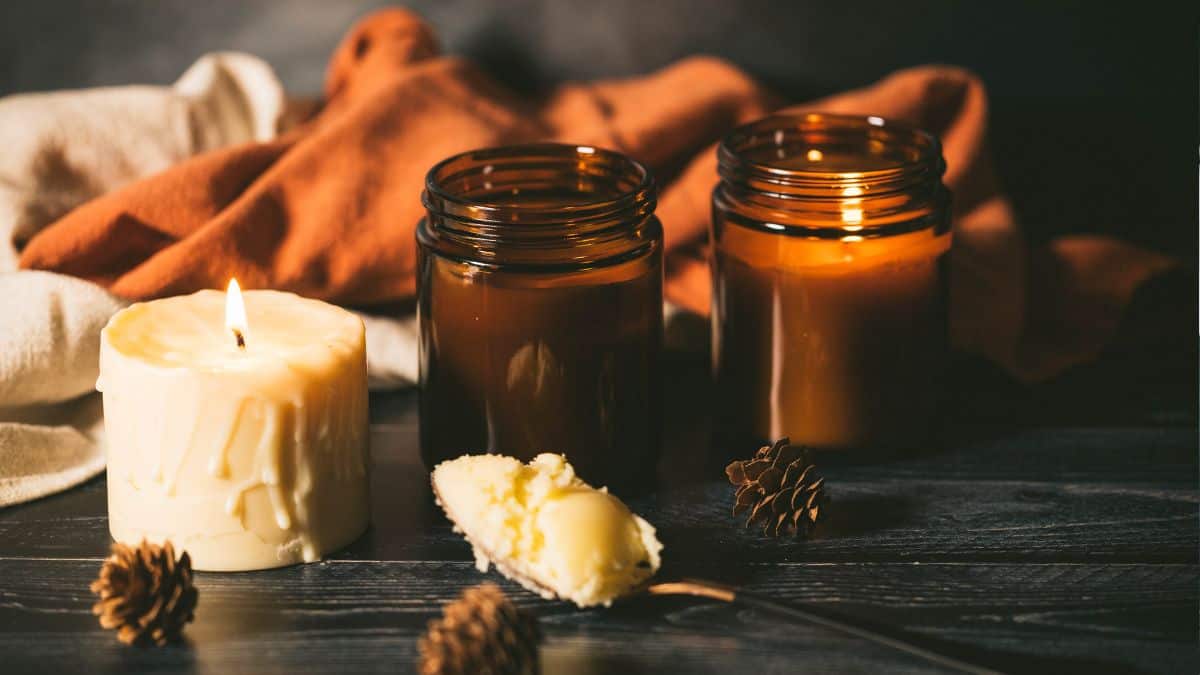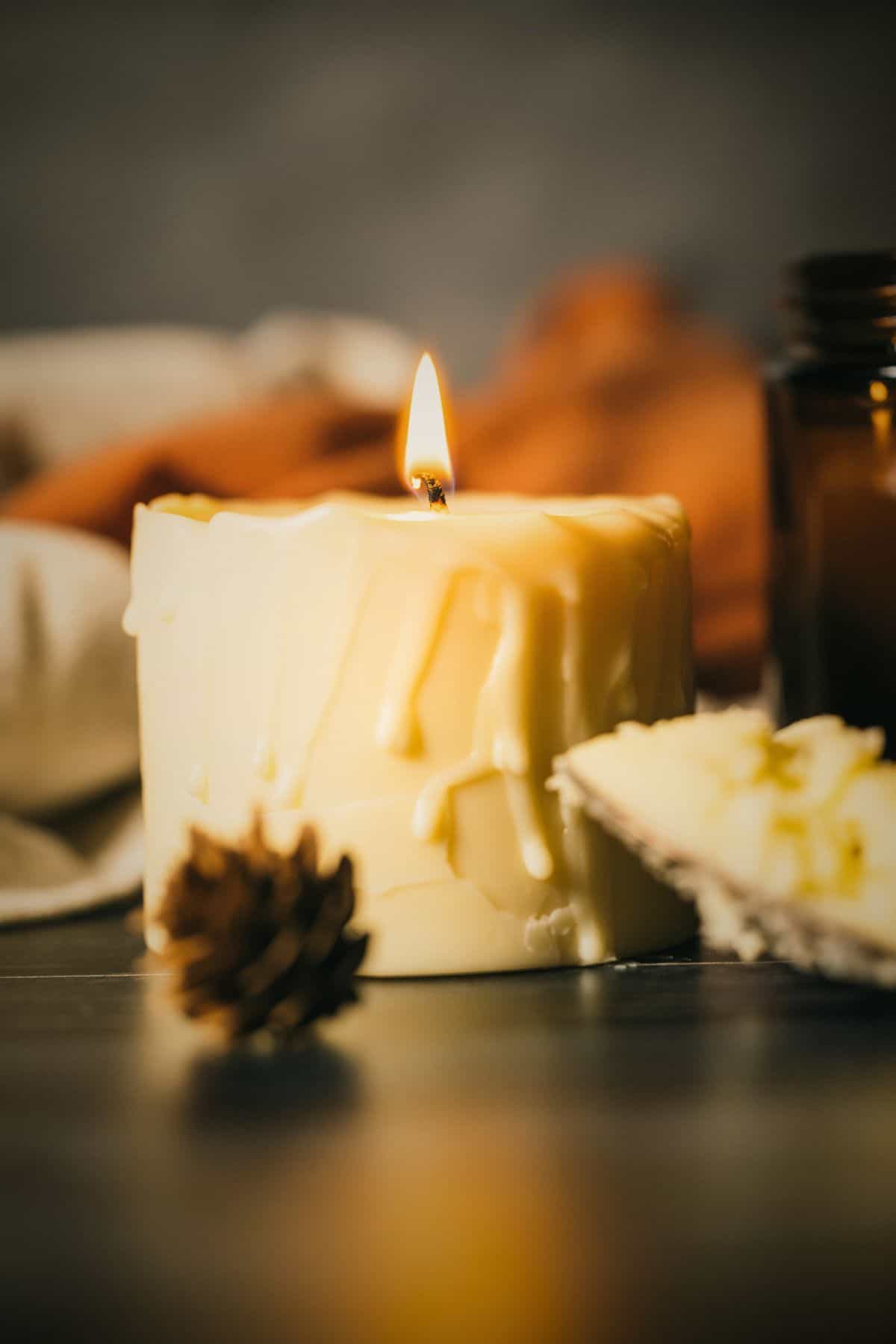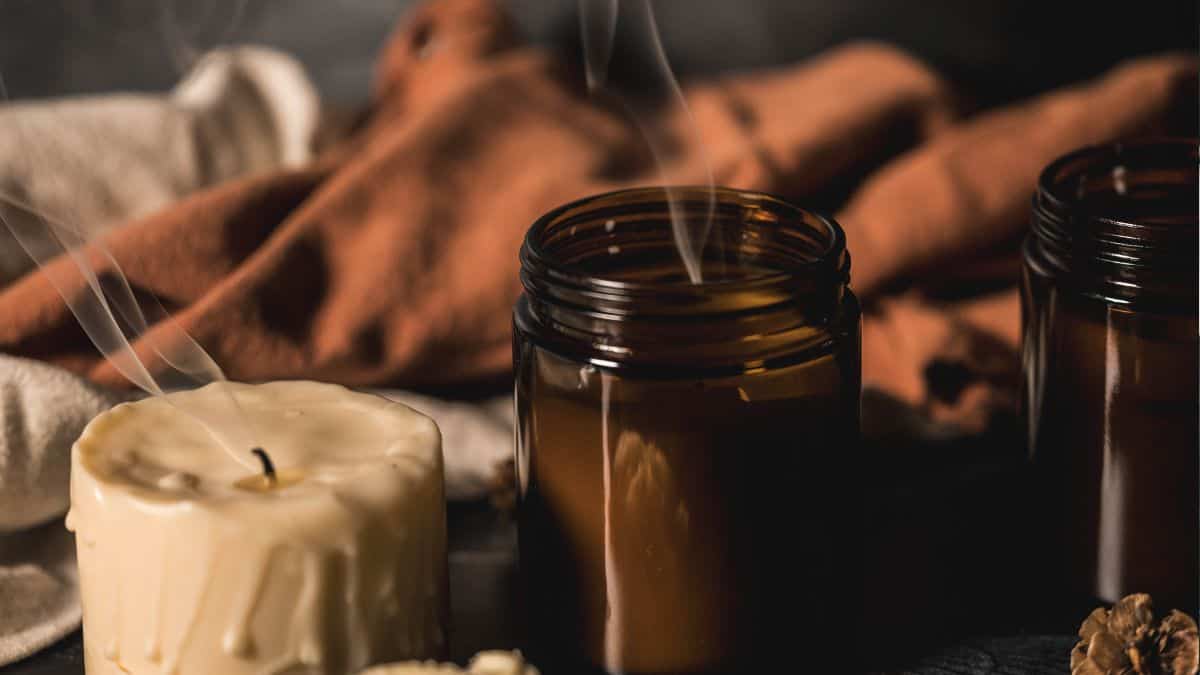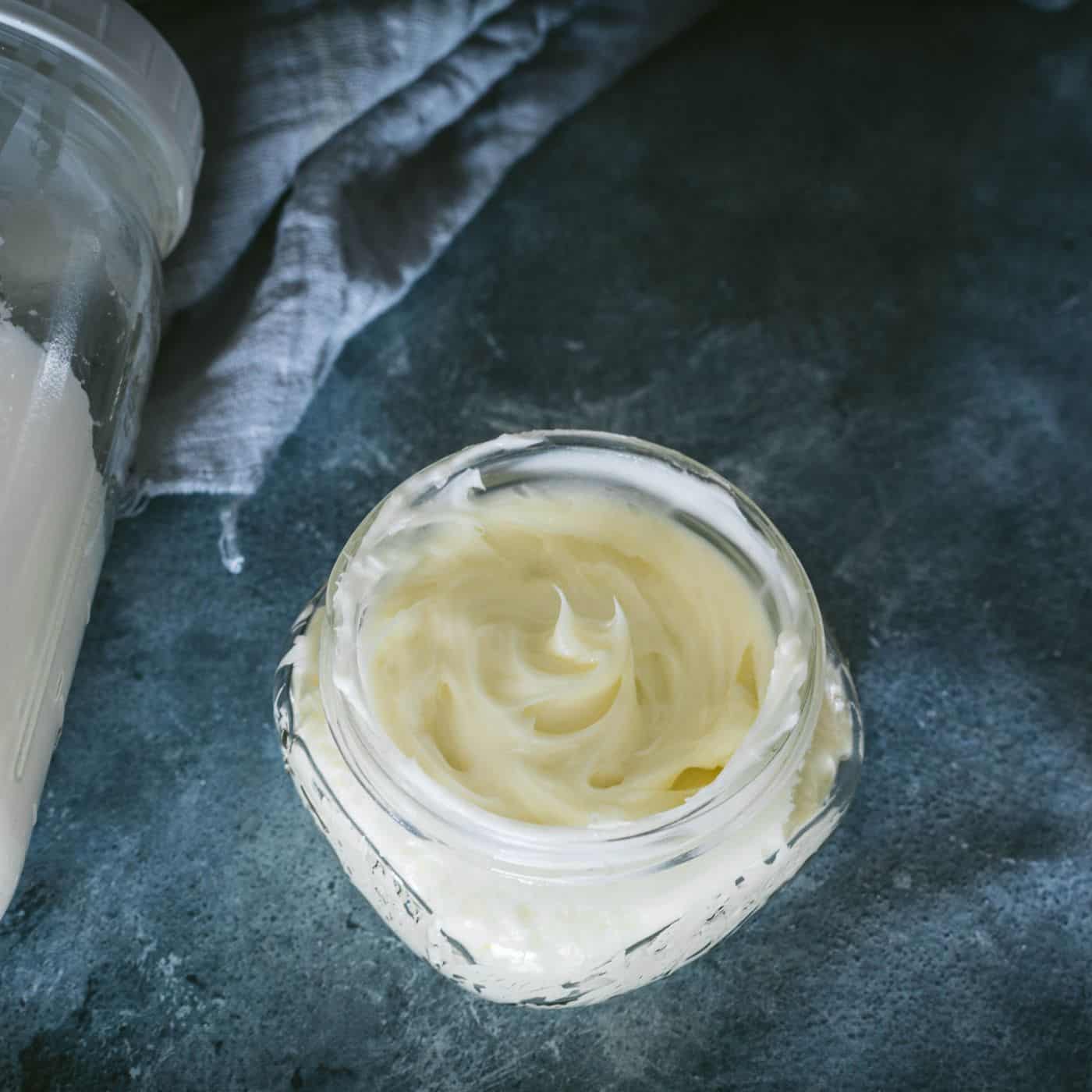Learn how to make tallow candles with just a few simple ingredients for a natural, slow-burning light source. These homemade tallow candles are perfect for emergencies, cozy ambiance, and connecting with timeless traditions.

There’s something undeniably comforting and ancestral about candlelight, especially when the flickering glow comes from something you've made with your own hands. Whether you’re looking for a budget-friendly, all-natural candle alternative, or simply want to connect with the timeless tradition of rendering tallow for household use, these handmade tallow candles are a perfect project.
Tallow has been used for centuries as a reliable, slow-burning fuel, and unlike modern paraffin candles, it’s non-toxic, sustainable, and completely natural. Plus, these make excellent emergency candles, as they require only two simple ingredients—rendered beef fat and a wick. No fancy supplies, no synthetic additives—just a flame, warmth, and a connection to the past.
Of course, tallow does carry a distinct scent, but don’t let that deter you. With the right herbs, essential oils, or resins, you can infuse these candles with a more pleasant aroma while keeping their natural benefits intact.
Ready to craft your own old-world candles? Let’s get started.
Why Make Tallow Candles
Before petroleum-based waxes took over, tallow was the go-to for household candles. It’s simple to make, readily available, and burns with a steady, warm flame. Here’s why you might want to add tallow candle making to your list of timeless skills:
Perfect for emergencies – Unlike store-bought candles, these require no special ingredients and can be made in bulk for long-term storage.
Slow, clean burn – With a properly sized wick, tallow candles burn at a gentle, steady pace, giving hours of warm, flickering light.
Non-toxic & eco-friendly – Free from synthetic additives, these candles are as natural as they come.
Budget-friendly – If you cook with beef tallow, this is a brilliant way to use up extra fat rather than wasting it.
Deeply rooted in tradition – Tallow candles have been made for centuries as part of hearth and home rituals, bringing both light and protection through the darker months.
How to Make Tallow Candles
Making homemade tallow candles is easier than you might think, and you only need a couple of ingredients.

Supplies for Handmade Tallow Candles:
Rendered tallow (beef fat that has been purified and strained)
Cotton wicks (or hemp for a more traditional touch)
Heatproof containers (glass jars, metal tins, or even seashells for a touch of magic)
Essential oils or herbs (optional, to mellow the scent)
Double boiler or heatproof bowl for melting the tallow
Step-by-step Instructions:
Prepare your wicks & containers – Place your wick in the center of each jar or mold. Secure it in place with a wick holder or a clothespin balanced over the top.

Melt the tallow – Using a double boiler or a heat-safe bowl over simmering water, melt the tallow until it’s completely liquid.
Infuse with fragrance (optional) – If you’d like to soften the natural scent, add a few drops of essential oil (like lavender, cedar, or cinnamon) or steep dried herbs like rosemary or chamomile in the melted tallow for a subtle aroma.
Pour carefully – Slowly pour the melted tallow into each container, ensuring the wick stays centered.

Let it set – Allow the candles to harden fully at room temperature. This can take a few hours.

Trim the wick & enjoy – Once fully set, trim the wick to about ¼ inch for the best burn.
Tips for Making the Best Tallow Candles
Dealing with the “beefy” smell?
Tallow does have a distinct scent, but it can be softened by:
- Adding a few tablespoons of beeswax to stabilize the aroma.
- Using herbs, resins, or essential oils to mask the scent.
- Ensuring the tallow is properly rendered and purified before use.
Choosing the right wick size:
- If the wick is too small, the candle may tunnel (burn down the middle without melting the sides).
- If the wick is too large, the candle may burn too quickly or create smoke.
- A medium cotton wick is usually ideal for small jars, while larger candles may need a thicker wick.
Want a more rustic look?
- Pour tallow into shells, carved wood, or small bowls for an earthy, handmade feel.
- Dip taper candles by repeatedly dipping a wick into melted tallow, letting it harden between dips.
Tallow Candles as Emergency Preparedness

If you’re building a self-sufficient, natural household, keeping a few tallow candles on hand is a wise move. These candles:
Burn longer than many cheap paraffin candles.
Require only two ingredients—no fancy supplies needed.
Can be made in bulk for power outages or emergencies.
They are also biodegradable and free of synthetic additives, making them a natural alternative to store-bought emergency candles.
There’s something incredibly grounding about making your own tallow candles—a ritual in itself, bringing warmth, light, and a sense of self-sufficiency. Whether you’re making them for practical use, seasonal celebrations, or emergency preparedness, they’re a timeless craft that connects us to generations past.
Try making a batch, add a touch of fragrance if desired, and let their warm, golden glow illuminate your space with a sense of tradition and intention.






Ellen says
This is wonderful, I never realized you could use tallow this way! A silly question, but, is lard interchangeable for this recipe?
Danielle McCoy says
Not silly at all, yes, lard or any other rendered fat can be used. You can even make candles out of reserved bacon grease!
Angela says
How do you make tallow? I am new to this. I hope this is not a silly question.
Danielle McCoy says
Not silly at all! Tallow is fat rendered down from ruminants. You can learn how to render it here.
Lindsay says
What is the best type of wick to use?
Danielle McCoy says
Braided cotton or hemp wicks work well. The size will depend on how big of a jar you're using. I used these beeswax coated hemp wicks.
Andreas says
You dont eat the tallow? What?!
Thanks for confirming the idea of making tallow candles!
Just to find this wick business...
The deer tallow i will surely be eating tho, its limited and hogher voltage i find, than the cows thats unlimited and will make fine candles 😀
Danielle McCoy says
We absolutely eat the tallow, but we use the leftovers for other things. We eat both beef and venison tallow and utilize it for various projects as well